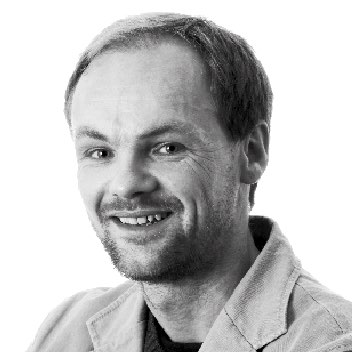Asked by: Simon Thomas, Bristol
The BIOS-3 facility in Siberia was a sealed 315m3 habitat used in the 1970s to research exactly this. The system used tanks of Chlorella algae, rather than plants and 8m2 of exposed Chlorella was enough to maintain a balance of CO2 and O2 for one person. The longest experiment in BIOS-3 was with a three-man crew for 180 days.
The much more ambitious Biosphere 2 project in Arizona sealed in eight lucky people for two years in 1991. Biosphere 2 had planted-up land totalling to 8370m2 and the oxygen levels still declined steadily over the first 16 months to just 14.5 per cent. This was probably because of additional respiration from microbes in the soil.
If you could eliminate this drain, by growing plants hydroponically and you were able to keep light levels equivalent to normal sunshine, back-of-an-envelope calculations suggest you’d need around 400 houseplant-sized plants.
Read more:
Subscribe to BBC Focus magazine for fascinating new Q&As every month and follow @sciencefocusQA on Twitter for your daily dose of fun science facts.
